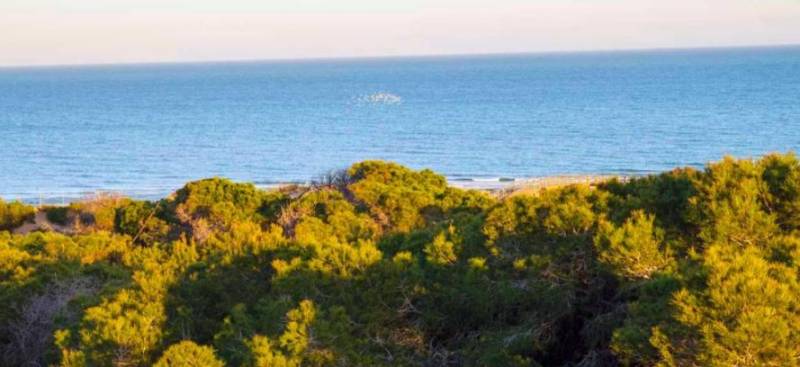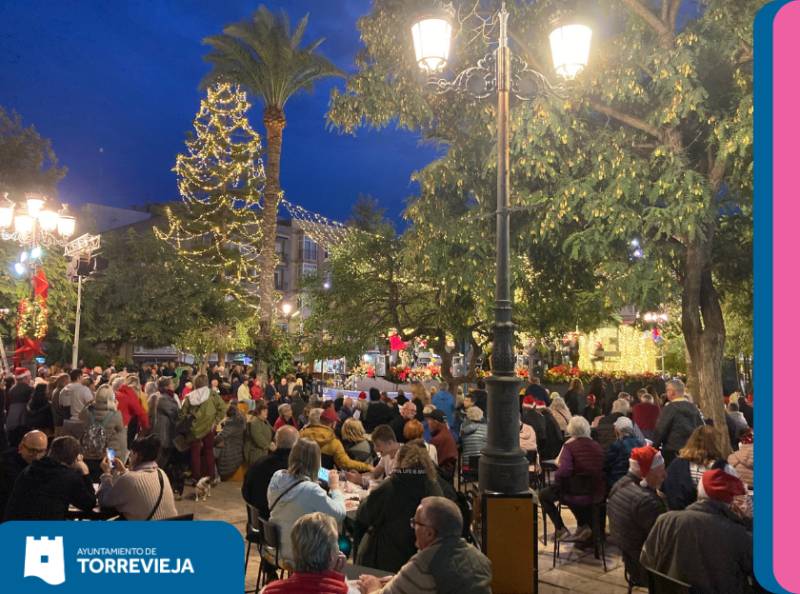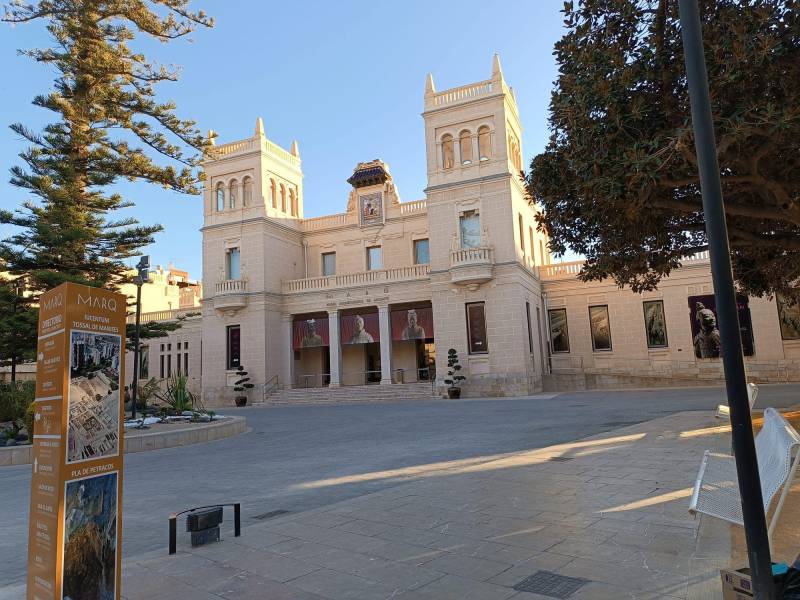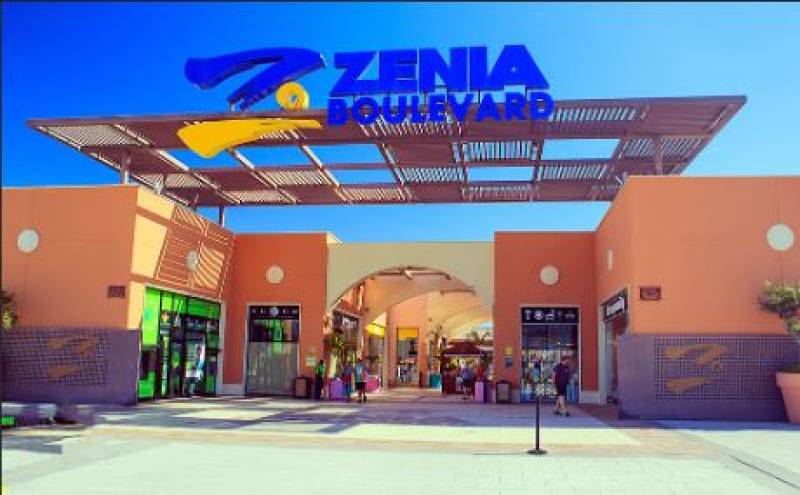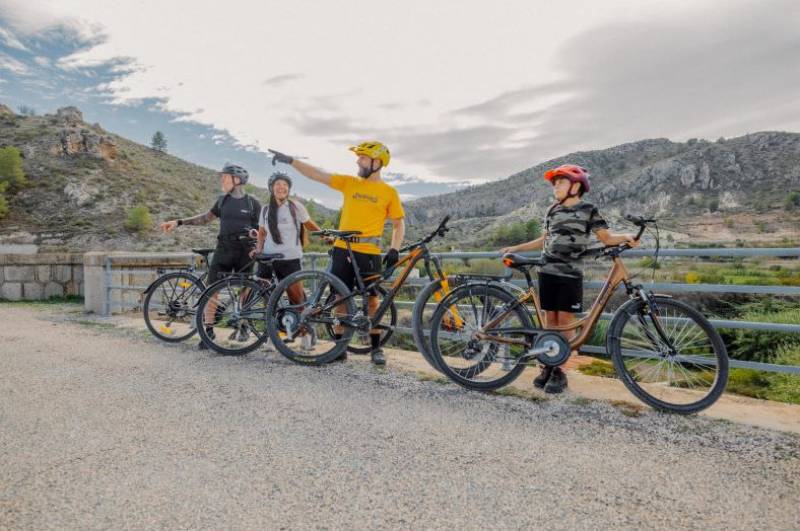
To be listed on the CAMPOSOL TODAY MAP please call +34 968 018 268.
article_detail
Valencia Fallas, Spain: Dates, traditions, food and what to do in the Spanish fire festival
Find out everything you need to know to visit Spain’s unique festival of fireworks and fun
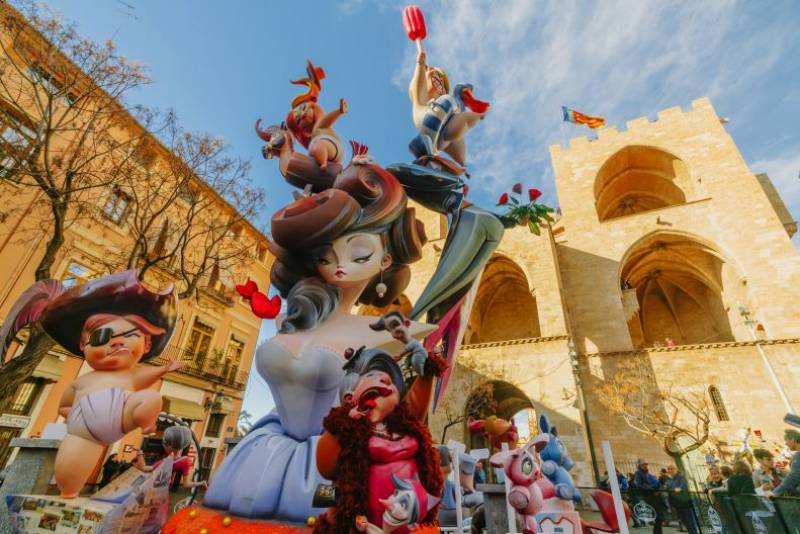
The Valencia Fallas is a local traditional fiesta in Valencia, Spain, a colourful, riotous celebration that mixes bonfires, fireworks, spectacular art, very loud noises and more fireworks in one of the Mediterranean’s most emblematic festivals.
What happens in the Fallas?
The Fallas celebrations are probably best known for those larger-than-life, cartoonish sculptures that give the Fallas its name. The sculptures are created by local artisans each year and wheeled out into the streets to be put on display for locals and visitors to admire. These temporary statues often show images from the last year, and often have a topical or satirical theme.
But surely the most amazing thing about them is that, at the end of the festival, all of the Fallas sculptures bar one – the winning one that is judged the year’s best by a local panel – are set on fire in the middle of the street and burned to the ground. This burning ceremony is truly a sight to behold at the culmination of the Fallas festival (called the cremà) and is a must-see if you are in Spain at the time the Fallas festival is held.
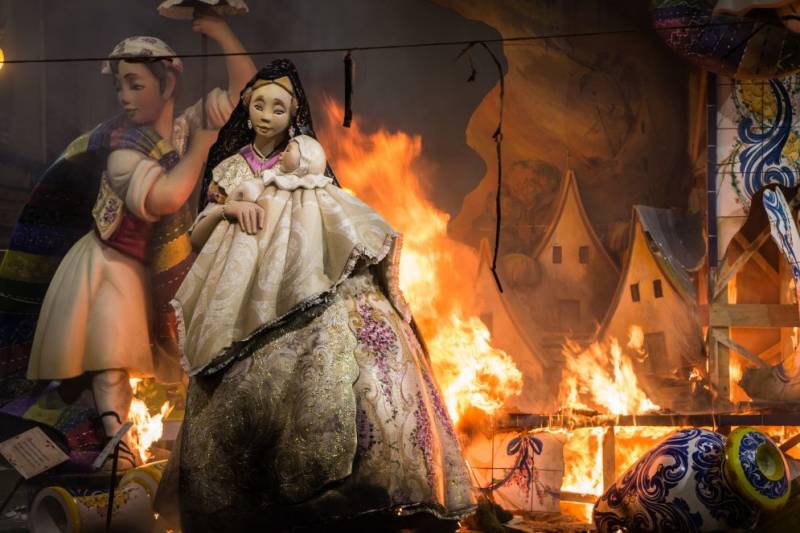
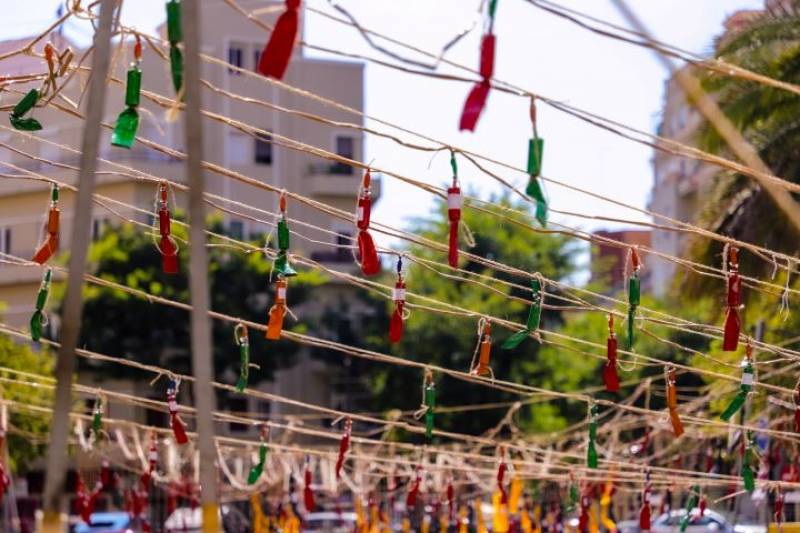 Also of note are the ‘Mascletàs’, or fireworks displays that are less about watching amazing colours like the fireworks we mostly know, but more about hearing the loudest bangs and making as much smoke as possible. These Mascletàs are held almost every day at around lunchtime during the festival in the Plaza del Ayuntamiento or main square. A good trick so that the locals use so their ears don’t pop with the incredibly loud noise is to open your mouth.
Also of note are the ‘Mascletàs’, or fireworks displays that are less about watching amazing colours like the fireworks we mostly know, but more about hearing the loudest bangs and making as much smoke as possible. These Mascletàs are held almost every day at around lunchtime during the festival in the Plaza del Ayuntamiento or main square. A good trick so that the locals use so their ears don’t pop with the incredibly loud noise is to open your mouth.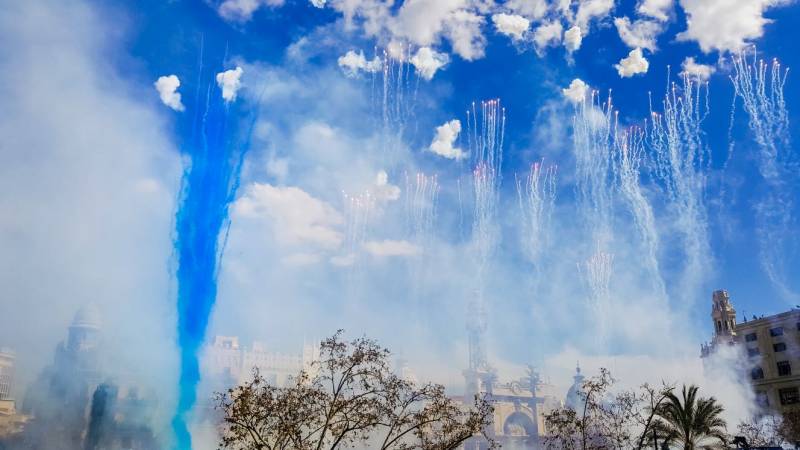
There are also normal fireworks at night, the biggest and most spectacular of which is the Nit del Foc, which is held on the penultimate day of the festival and doesn’t start until gone midnight (so technically it’s actually on the very last day!).
In the mornings, you may get rudely awoken by groups of people walking around banging drums and making as much noise as possible to try and get people out of bed to join the festivities – a tradition that is at once endearing and incredibly annoying.
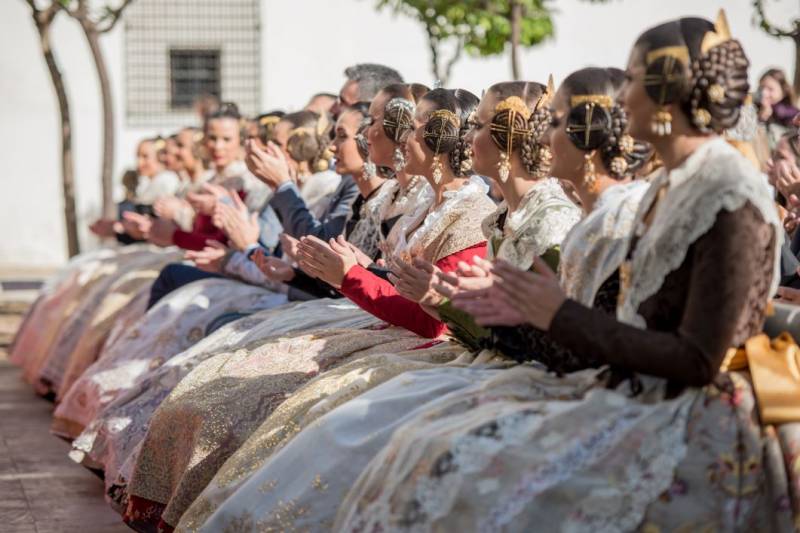 At the same time, there are many religious offerings of flowers to the virgin and in commemoration of Saint Joseph – a truly emotive spectacle where everyone comes dressed up in their finest traditional costumes – as well as various open-air concerts, lots of incredible lights strung up around the main streets and other activities taking place around the city.
At the same time, there are many religious offerings of flowers to the virgin and in commemoration of Saint Joseph – a truly emotive spectacle where everyone comes dressed up in their finest traditional costumes – as well as various open-air concerts, lots of incredible lights strung up around the main streets and other activities taking place around the city.What does ‘Fallas’ mean?
The word ‘Fallas’ is pronounced almost the same as the word ‘fires’ in English, and that’s no coincidence. It fact, just as fire is present in the main event of the fiestas, the word ‘Fallas’ itself actually comes from the Valencian meaning ‘torch’ or ‘flame’
Where should you go to see the best Fallas?
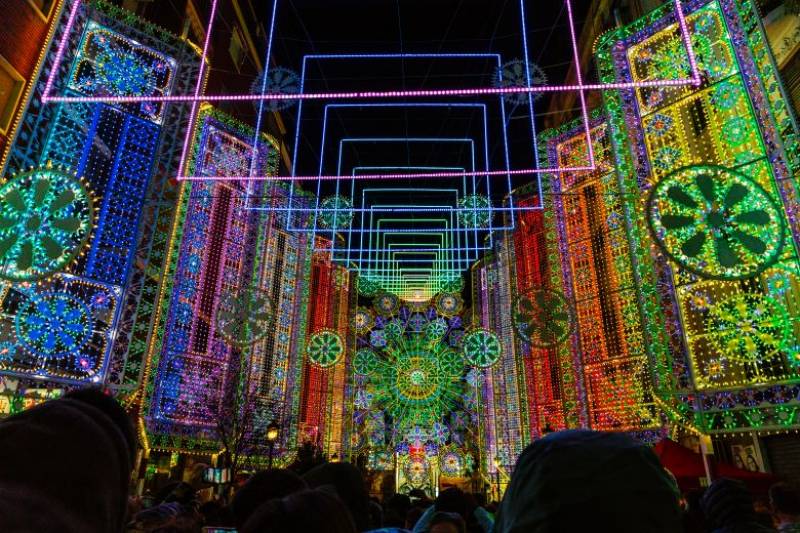
Several towns and cities across the Valencian Community have Fallas festivals, including Denia, Calpe, Benidorm and Castellón, but without a doubt the biggest and best one is in Valencia city.
If you can, get over to see it, but be aware that the city fills up with tourists from all over the world at this time of year and it’s a good idea to book your hotel or other accommodation well in advance.
When are the Fallas held in Valencia?
The Fallas in Valencia are held from March 1 to March 19 every year. The five main days of the Fallas are celebrated from March 15 to 19, with the cremà taking place on March 19.
What is the best food and drink to have during the Valencian Fallas?
This festival is also a perfect excuse to eat lots of typical Valencian foods, not least among which is the paella, a rice dish that is normally associated with Spain as a whole but which originated right here in Valencia.
You can also eat Buñuelos, little fried dough balls that sometimes have hot butternut squash in them and smell just like donuts when they’re cooking at any of the many temporary stands selling them. These places also normally sell Horchata (also known as orxata), a thick, milky drink that is comparable to egg-nog and is made from ground tiger nuts.
Loading
Sign up for the Spanish News Today Editors Roundup Weekly Bulletin and get an email with all the week’s news straight to your inbox
Special offer: Subscribe now for 25% off (36.95 euros for 48 Bulletins)
OR
you can sign up to our FREE weekly roundup!
Read some of our recent bulletins:
Discount Special Offer subscription:
36.95€ for 48 Editor’s Weekly News Roundup bulletins!
Please CLICK THE BUTTON to subscribe.
(List price 3 months 12 Bulletins)
Read more stories from around Spain:
Contact Murcia Today: Editorial 000 000 000 /
Office 000 000 000












